Sandscale Haws is included under virtually every conservation convention going, from Site of Special Scientific Interest (SSSI) to RAMSAR site of international importance.
Its beach-fringed dunes jut into the Duddon Estuary opposite the northern tip of Walney Island. Managed by the National Trust, these ever-shifting acres are home to a fifth of Britain’s natterjack toads, countless butterfly species and myriad wildflowers, while the estuary feeds immense numbers of wading birds.
Enchanting views draw the eye to Wordsworth’s beloved Dunnerdale Fells and across to shapely Black Combe, least-known of Lakeland’s peaks.
Dunes and slacks
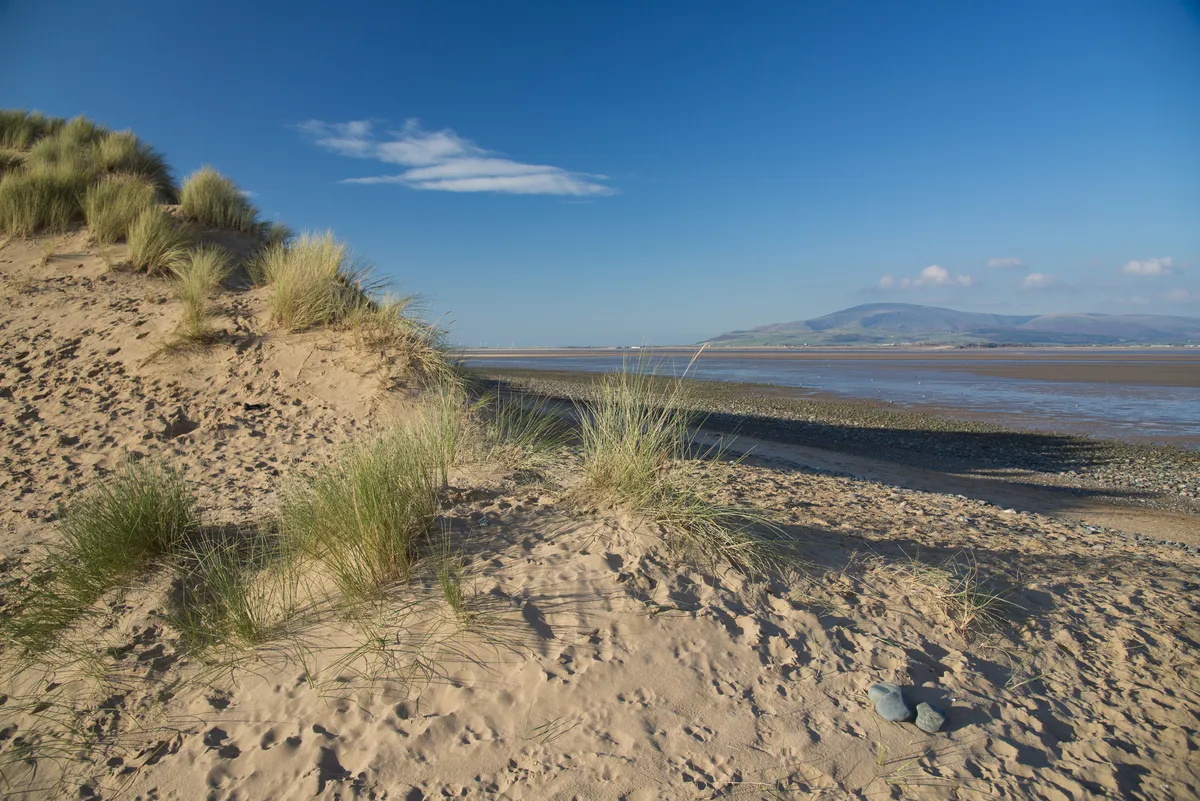
The sandhills are in a constant state of flux, moulded by wind and storm surges and anchored by marram grass and ground willow. Unusually, the Haws is a zone of accretion – the sandhills are growing in size. Once ground vegetation secures the low dunes, growth gradually continues and the sheltered dune slacks encourage thicker vegetation.
Natterjack chorus
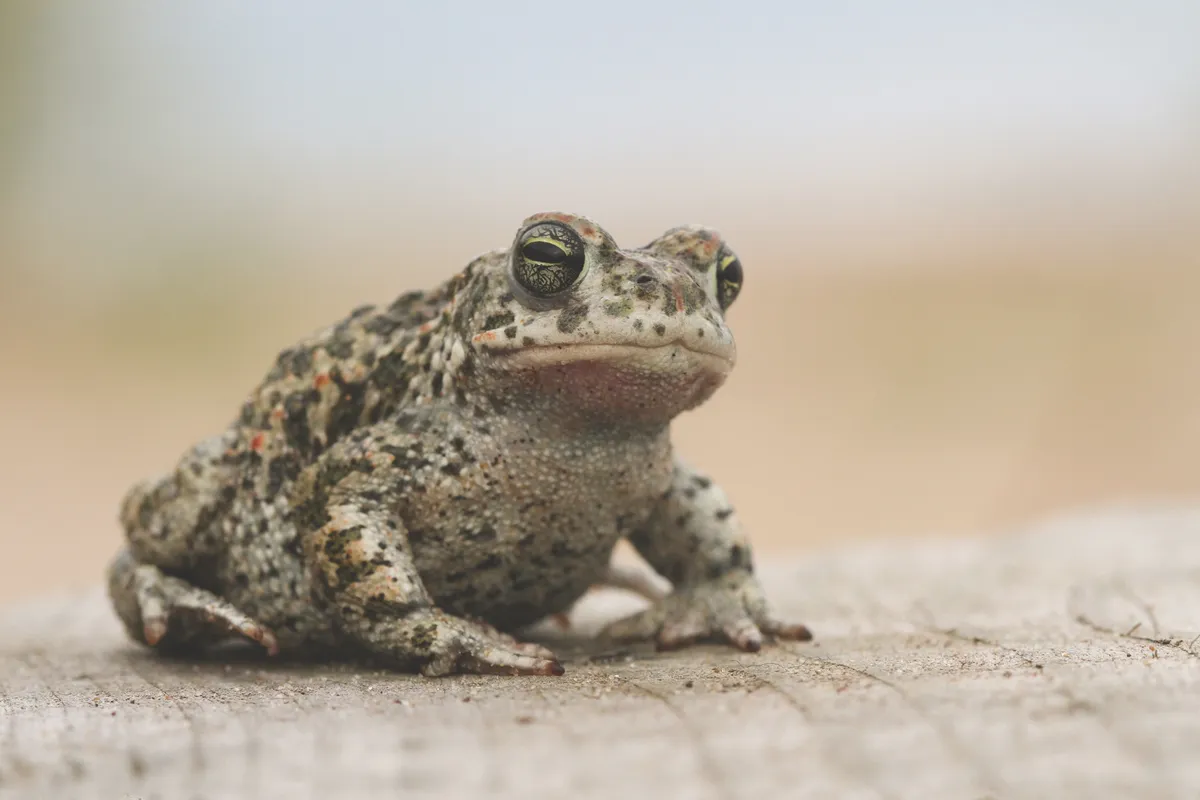
Between April and June, a cacophonous soundtrack accompanies sunset. This is the mating call of the male natterjack toad, a nationally rare species that lives among the freshwater ponds in the dunes; there are two pools beside the car park boardwalk. A yellow stripe along its backbone distinguishes it from the common toad, as does its memorable scrambling gait.
Amphibians and reptiles
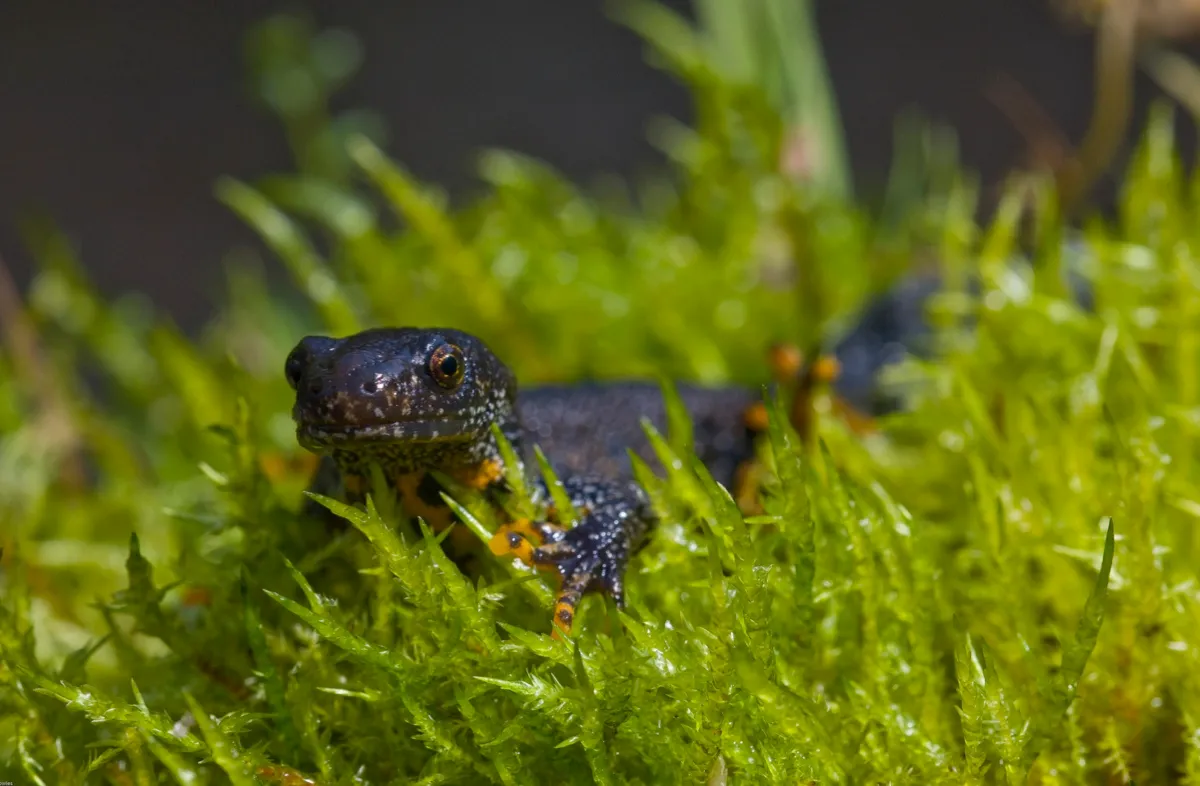
Apart from natterjacks, the Haws are home to the complete range of British amphibians, including smooth, palmate and great crested newts. Time spent staring into the dune slack pools should prove fruitful; look too for herons and little egrets feeding on this bounty. In sheltered spots common lizards draw vigour from the sunshine before feeding on their insect prey.
Butterflies
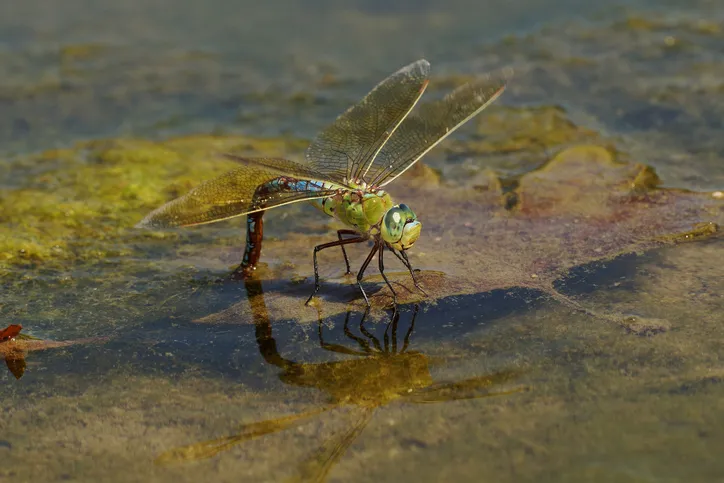
Lepidopterists will enjoy a bounty of species at Sandscale. Clouds of common blues feed here, as does the dingy skipper; silvery grayling, wall brown and dark green fritillary flit silently through the sandhills throughout the summer. Dragonflies, such as the emperor and four-spotted chaser, hunt among the ponds and marshes.
Wildflowers
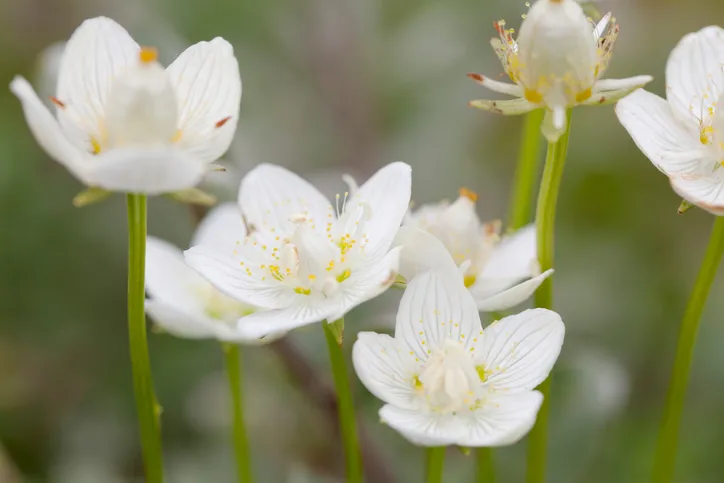
Over 600 plant species have been recorded across this 700-acre reserve. In the dune slacks, grass of parnassus and round-leaved wintergreen shine white; while bee, Northern marsh and coralroot orchids are dune specialists. Low-growing sea holly is common here, and delicate dune pansy glows purple across the area.
Strand line
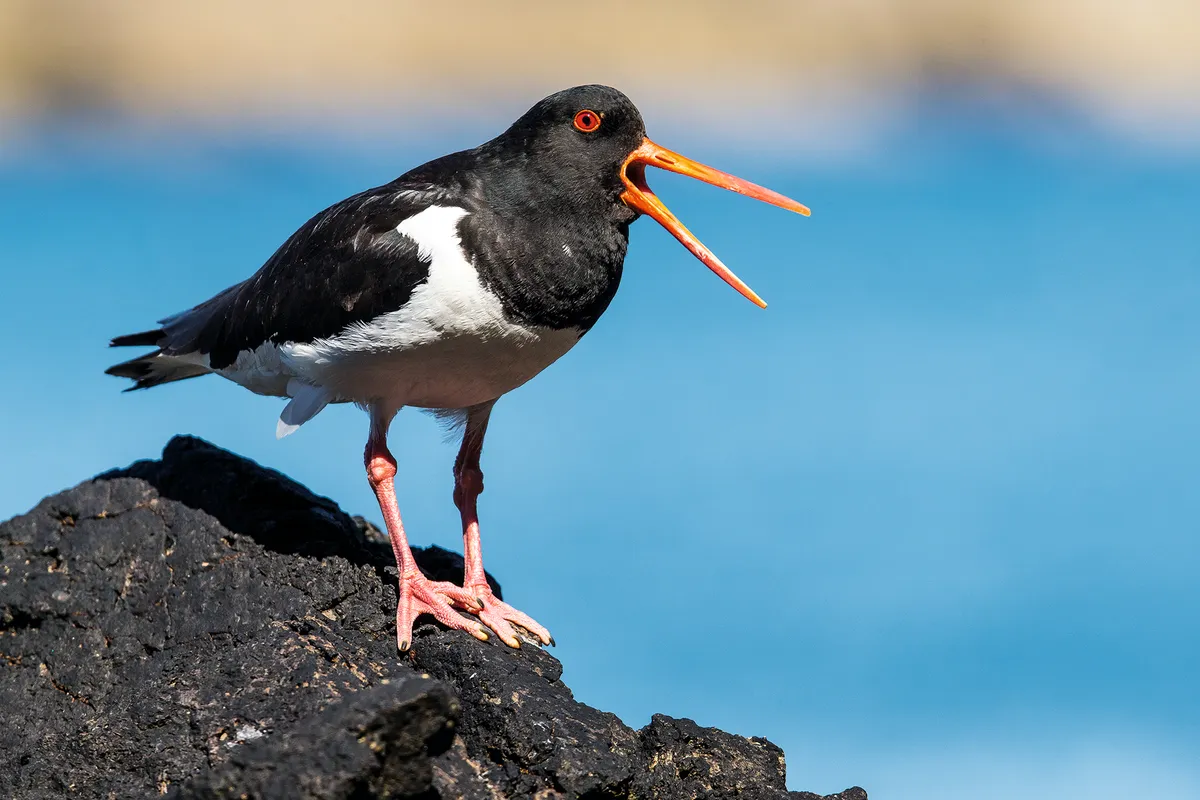
Throughout the year, the reserve’s bounding mudflats and sandbanks offer a banquet to a host of species; ringed plovers, terns, turnstones and oystercatchers are the summertime stars, while skylarks, whitethroats and pipits add cheerful song. Raptors include peregrines, buzzards and hen harriers. The winter months are the best time to see birds in big numbers, with 70,000 knots, redshanks and dunlins feeding amid small flocks of sanderlings.
Useful Information
HOW TO GET THERE
The NNR car park is along minor roads to the west of Dalton-in-Furness, signposted for Roanhead off the A590. Follow Oak Lea Road, then left on Hawthwaite Lane. Buses serve Dalton from Barrow and Ulverston; Dalton station (3 miles away) is on the Manchester and Lancaster to Barrow line.
Find Out More
National Trust
01229 462855
www.nationaltrust.org.uk/main/w-sandscale-haws
The boardwalk is wide and level and accessible for wheelchairs.
Stay
Millwood Lodge B&B
Millwood Lane, Barrow-in-Furness LA14 4PY
01229 464042
www.millwood-lodge.co.uk
Secluded cottage B&B in woodland close to Sandscale Haws and Furness Abbey.
Eat
The Brown Cow
The Green, Dalton-in-Furness, Cumbria LA15 8LQ
01229 462553
www.browncowinndalton.co.uk
An ancient inn just three miles from Sandscale Haw.
Visit nearby
Furness Abbey
Barrow-in-Furness
01229 823420
www.english-heritage.org.uk